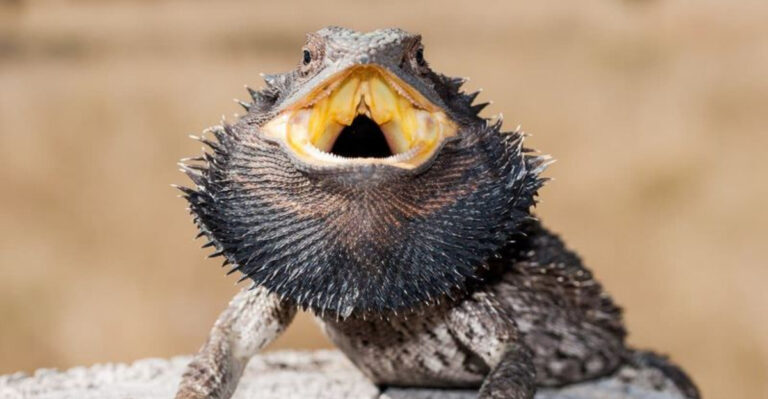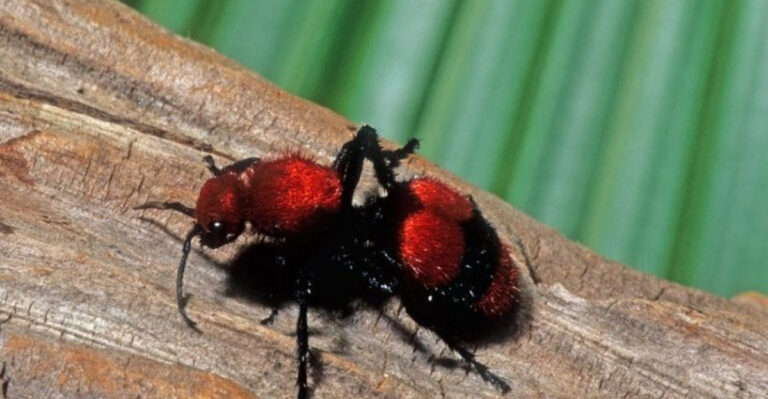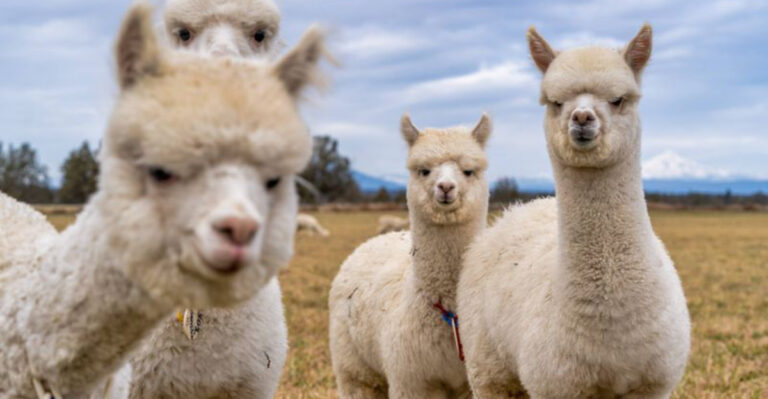The Importance Of Bees: 15 Ways They Impact Our Ecosystem And Food Supply
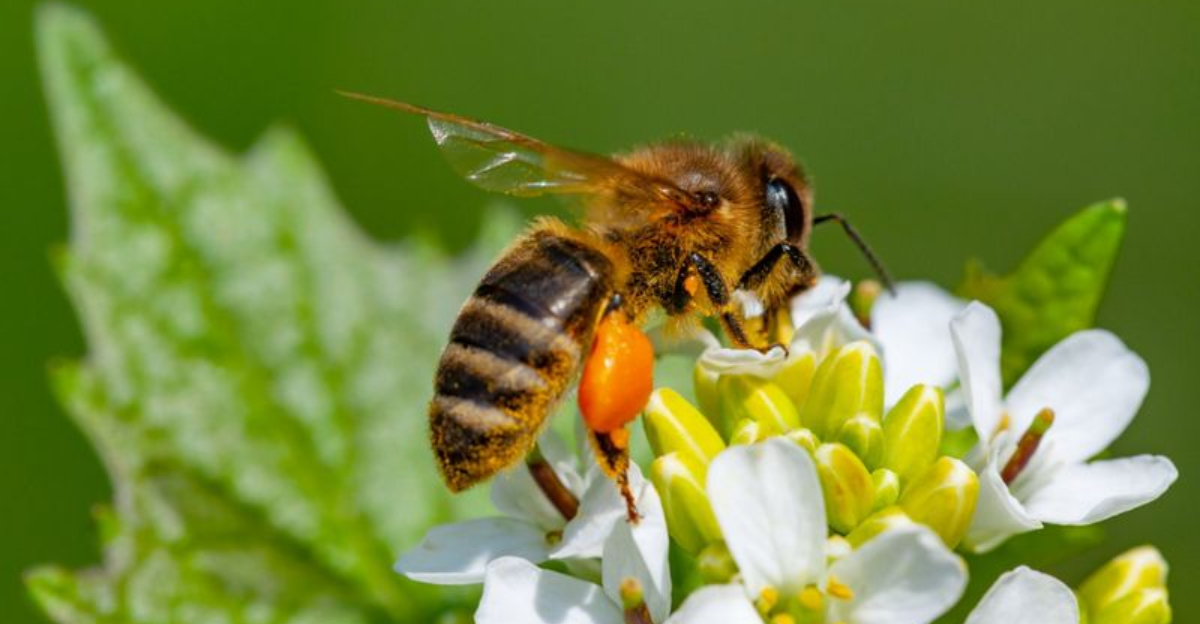
Bees are tiny powerhouses that keep our planet thriving in ways most people never realize. These buzzing workers pollinate a third of the food we eat every day and help maintain the delicate balance of our natural world.
Without bees, our dinner plates would look drastically different, and many wild plants would disappear from landscapes around the globe.
1. Pollination Powerhouses
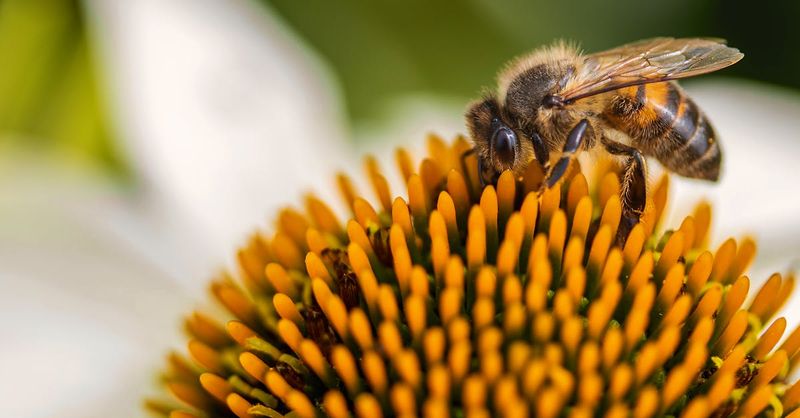
Bees are nature’s most efficient pollinators, transferring pollen from flower to flower as they collect nectar. This seemingly simple act enables plants to produce seeds and fruits.
A single honeybee can visit up to 5,000 flowers in a single day! Without this pollination service, many plants couldn’t reproduce, and our food supply would suffer dramatically.
2. Fruit And Vegetable Guardians
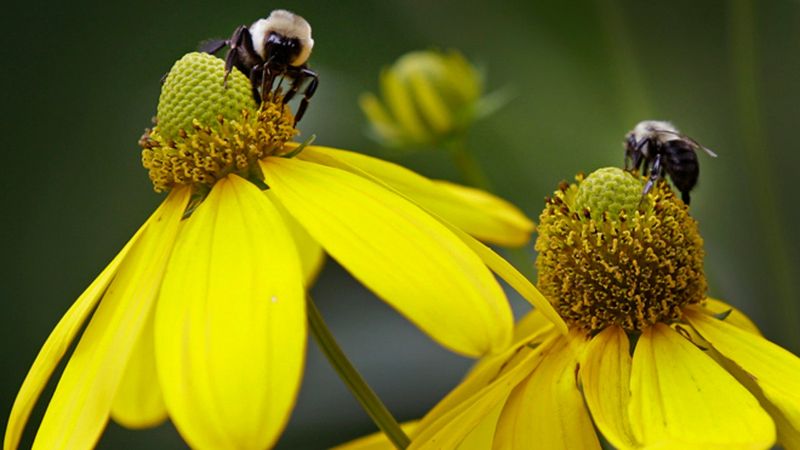
Imagine grocery stores without apples, blueberries, or almonds. These foods depend heavily on bee pollination to grow. When bees visit flowers, they make fruits bigger, juicier, and properly shaped.
Studies show bee-pollinated crops provide 90% of vitamin C worldwide! Farmers who grow these crops often rent beehives during flowering season to ensure good harvests.
3. Biodiversity Champions
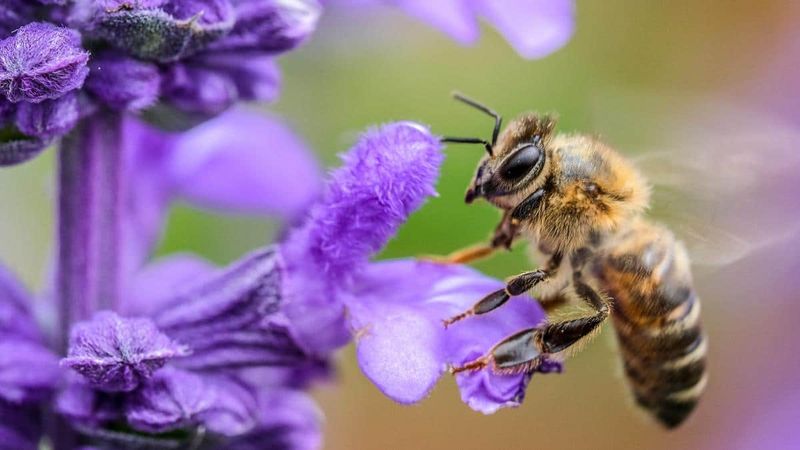
Wild bees help thousands of plant species reproduce in forests, meadows, and deserts. These plants become food and shelter for countless animals, from tiny insects to large mammals.
When bee populations decline, entire ecosystems feel the impact. A healthy bee population means more wildflowers, more seeds for birds, and more berries for bears and other wildlife.
4. Economic Powerhouses
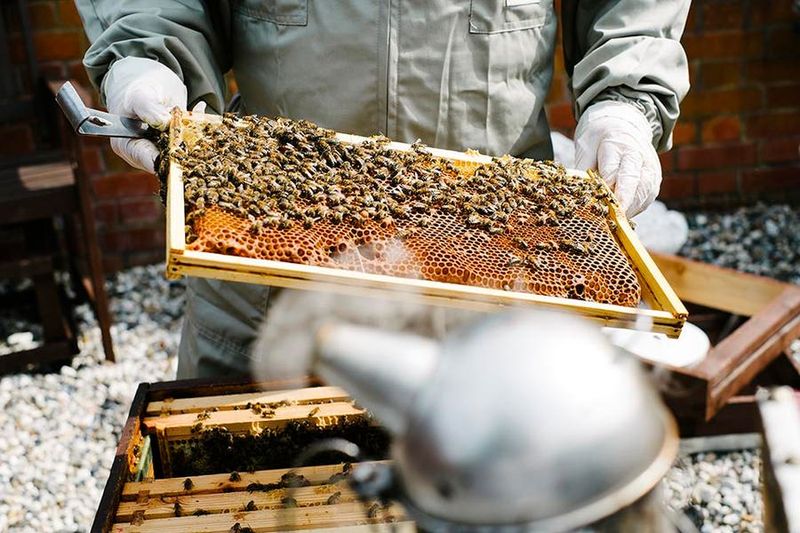
Bees contribute over $15 billion annually to U.S. crop production! Their pollination services help farmers grow bigger harvests with less effort.
Beyond food crops, bees pollinate cotton plants that become our clothes and alfalfa that feeds dairy cows. Even the almond industry in California depends entirely on honeybees, requiring nearly two million hives each February for pollination.
5. Honey Producers
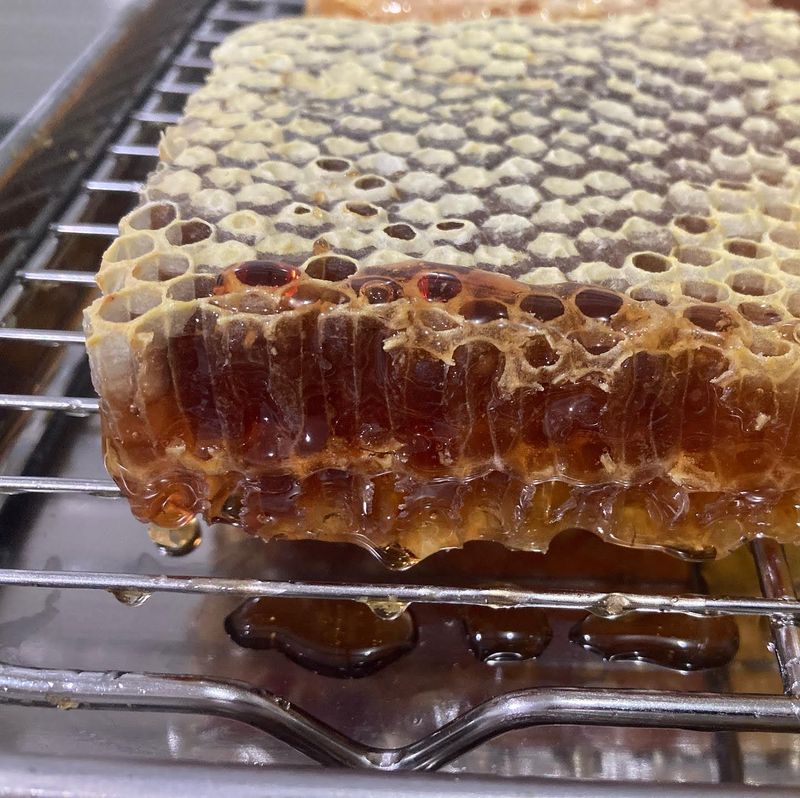
Beyond pollination, honeybees create liquid gold! Honey isn’t just delicious—it contains antioxidants, enzymes, and nutrients that humans have valued for thousands of years.
A single honeybee produces just 1/12 teaspoon of honey in its lifetime. Working together, a healthy hive can produce over 100 pounds annually! This sweet substance never spoils, with edible honey found in ancient Egyptian tombs.
6. Medicine Cabinet Contributors
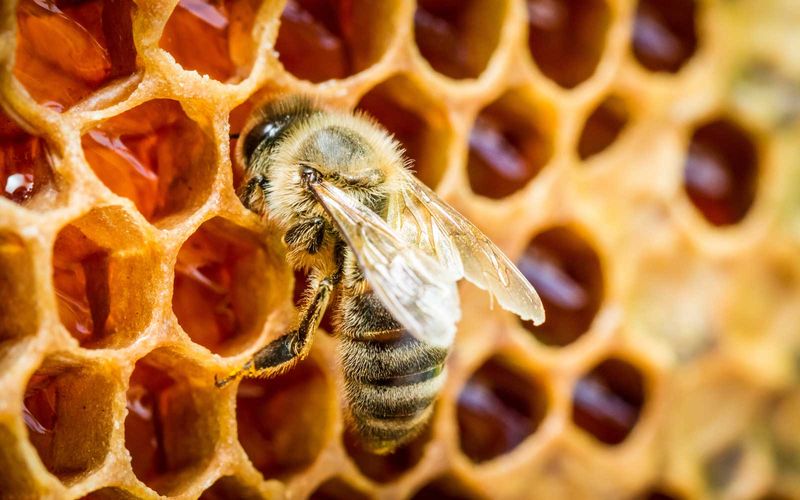
Bees create powerful healing substances used in traditional and modern medicine. Propolis, a resin bees collect from tree buds, contains compounds that fight bacteria, viruses, and inflammation.
Royal jelly feeds queen bees and has been studied for potential benefits to human health. Bee venom therapy, while controversial, shows promise for treating conditions like arthritis. These bee products represent a fascinating frontier in medical research.
7. Native Plant Specialists
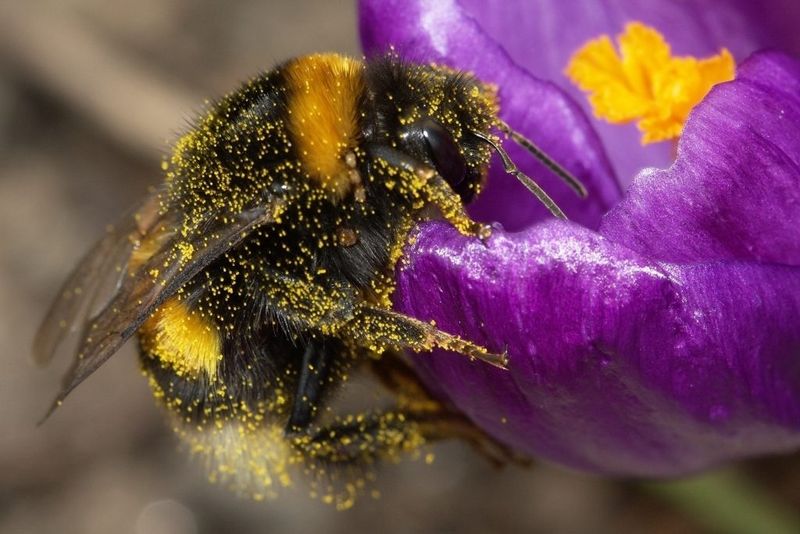
Many wild bee species evolved alongside specific native plants, creating perfect partnerships. Some plants can only be pollinated by certain bee species with the right body shape or behavior.
Bumblebees perform “buzz pollination,” vibrating their bodies to shake loose pollen from flowers like tomatoes and blueberries. Squash bees wake up early specifically to pollinate pumpkins and zucchini before other bees even start their day!
8. Climate Change Indicators
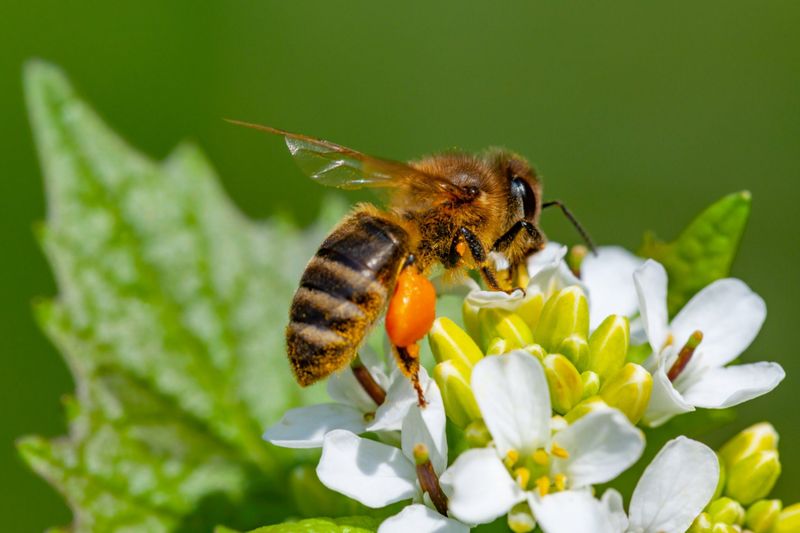
Bees serve as early warning systems for environmental changes. Their sensitive nature makes them respond quickly to shifts in temperature, rainfall patterns, and blooming times.
Scientists track bee behavior to understand climate impacts. When flowers bloom too early or late due to unusual weather, bee feeding and reproduction cycles get disrupted. This mismatch threatens both bee survival and the plants that depend on them.
9. Soil Health Improvers
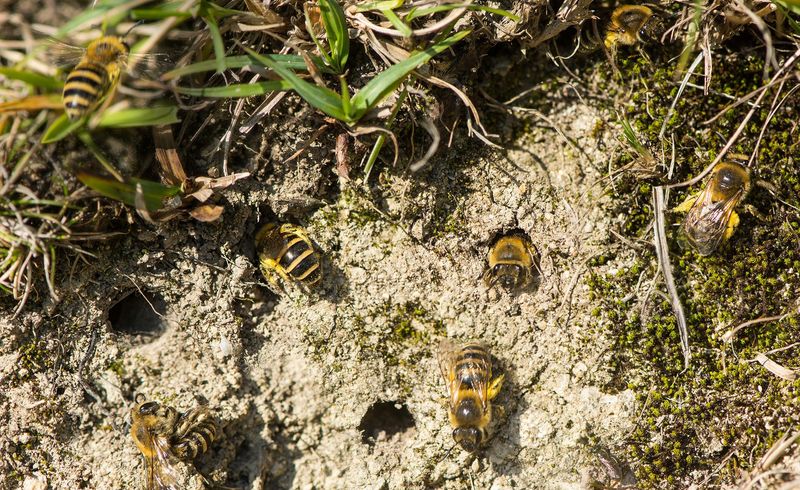
Bees indirectly enhance soil quality through their pollination work. When they help plants reproduce, those plants develop stronger root systems that prevent erosion and add organic matter to soil.
Many bee-pollinated plants, like clover and alfalfa, naturally add nitrogen to soil. Ground-nesting native bees—about 70% of all bee species—create tunnels that aerate soil similar to earthworms, improving water penetration and root growth.
10. Forest Regenerators
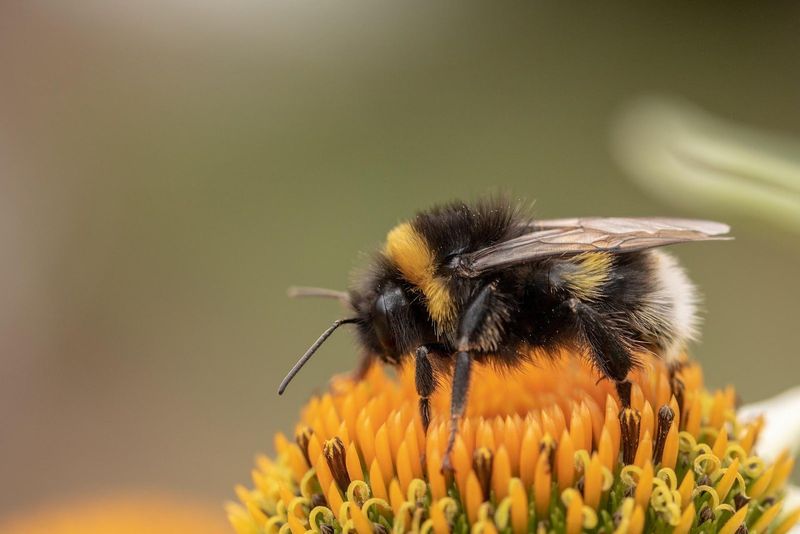
Forests rely on bees for reproduction and renewal. Many tree species, including willows, maples, and fruit trees, need insect pollination to produce seeds.
After forest fires or clearing, flowering plants typically appear first. Bees pollinate these plants, creating berries and seeds that attract birds and mammals. These animals then spread more seeds, gradually rebuilding the complex forest ecosystem from the ground up.
11. Urban Garden Heroes
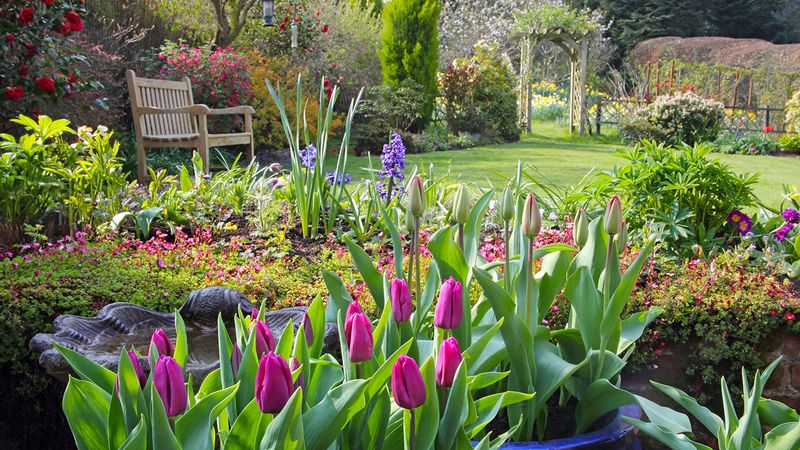
City bees work overtime keeping urban gardens and parks productive. Community gardens and backyard vegetable plots yield significantly more food when bees are present.
Studies show urban areas sometimes support healthier bee populations than agricultural regions! With diverse plantings and fewer pesticides, city gardens become bee havens. Rooftop beekeeping has surged in popularity as people recognize bees’ role in greening concrete jungles.
12. Wax Producers
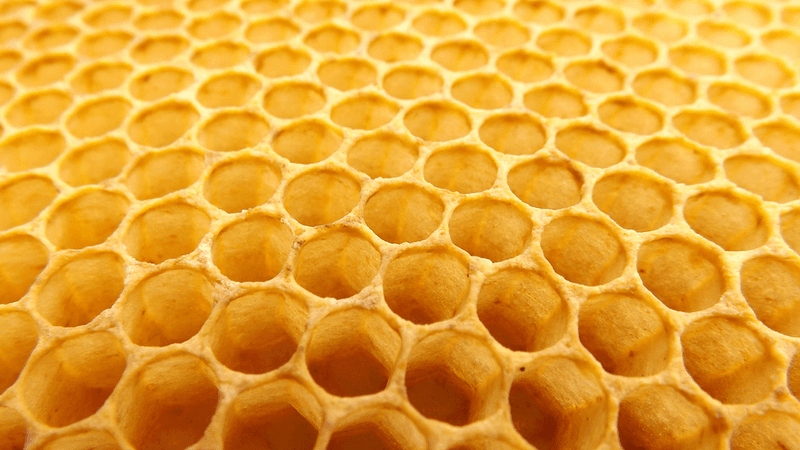
Honeybees secrete beeswax to build their intricate honeycomb homes—architectural marvels of perfect hexagons. This remarkable substance has been used by humans for thousands of years.
Beeswax creates waterproof candles that burn cleanly without dripping. It’s found in natural cosmetics, food wraps, and wood polishes. Unlike petroleum-based alternatives, beeswax is renewable and biodegradable, making it an environmentally friendly resource.
13. Cultural Symbols

Bees appear in human art, literature, and religion across thousands of years. Ancient Egyptians used bee symbols in royal names, while Greeks associated them with goddesses and prophecy.
“Busy as a bee” and “the birds and the bees” show how these insects influence our language. Bee societies inspired human political theories about cooperation and social structure. From Winnie the Pooh to Napoleon’s imperial emblem, bees remain powerful cultural icons.
14. Genetic Diversity Maintainers
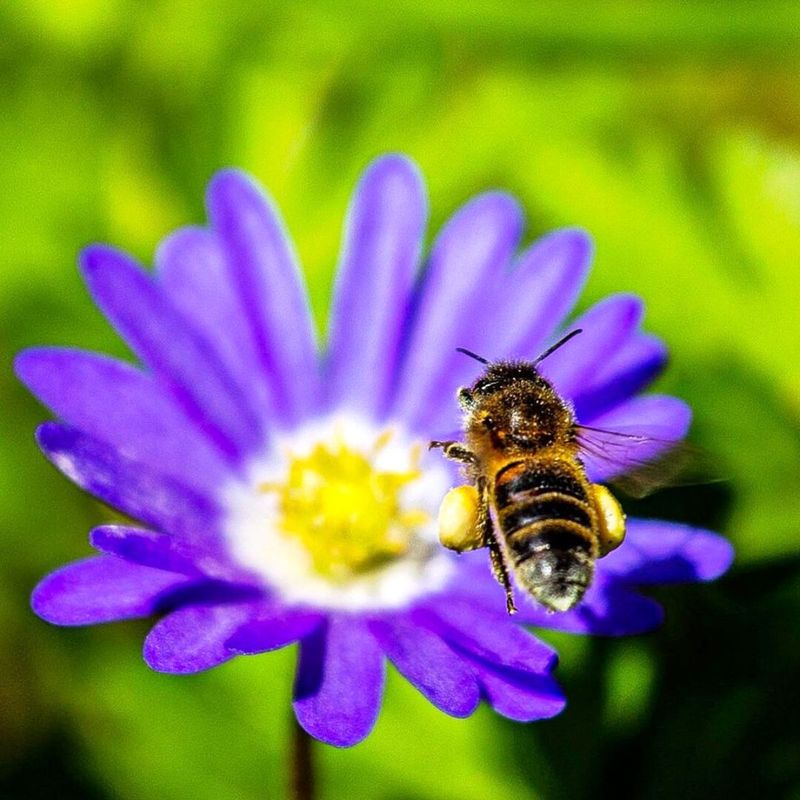
Bees promote genetic mixing in plant populations by carrying pollen between distant flowers. This cross-pollination creates stronger offspring with diverse traits that help plants adapt to changing conditions.
Without bees, many plants would self-pollinate, leading to weaker genetics over time. For endangered plant species with scattered populations, bees provide crucial genetic connections that prevent inbreeding and extinction.
15. Scientific Research Subjects
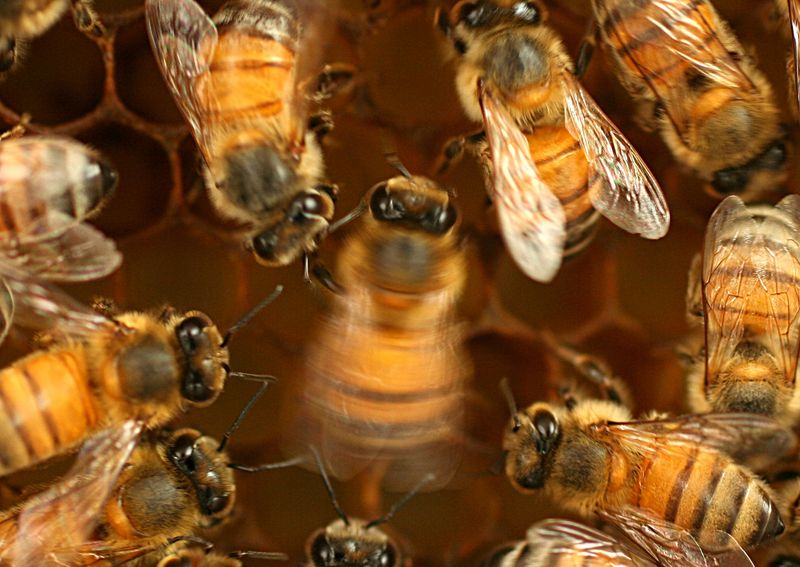
Bees’ complex behaviors and biology continue fascinating scientists. Their remarkable navigation abilities, using the sun as a compass, inspired advances in drone technology and robotics.
Researchers study bee communication—particularly the waggle dance honeybees perform to share food locations. Bee colony organization provides insights into efficient systems and decision-making. Even bee vision, which detects ultraviolet patterns invisible to humans, inspires new camera technologies.

